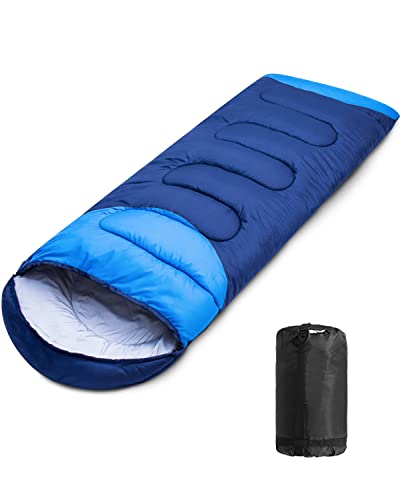Yes, you can sleep in a sleeping bag on a hard surface.
Sleeping on a hard surface can be uncomfortable, but with the right sleeping bag and some additional support, it is possible to get a good night’s sleep. In this article, we will discuss the importance of choosing the right sleeping bag, using additional padding, proper sleeping positions, and other tips to help you sleep comfortably on a hard surface.
Choosing the right sleeping bag
When sleeping on a hard surface, it is crucial to choose a sleeping bag that offers good insulation and cushioning. Look for a sleeping bag that is specifically designed for camping on hard surfaces or backpacking on rough terrain. These sleeping bags usually have thicker padding or extra layers of insulation to provide additional comfort.
Another important factor to consider is the temperature rating. Make sure to choose a sleeping bag that is suitable for the expected temperature range of your camping trip. Sleeping bags with lower temperature ratings tend to have more padding, which can help create a cushion between your body and the hard ground.
Using additional padding
In addition to a quality sleeping bag, it is recommended to use additional padding to create a softer sleeping surface. Foam sleeping pads or inflatable camping mattresses are popular choices for adding extra cushioning. These pads can provide insulation, support, and comfort, making it easier to sleep on a hard surface.
Place the sleeping pad or mattress underneath your sleeping bag to provide a buffer between your body and the ground. This additional layer of padding will help distribute your weight more evenly, reducing pressure points and preventing discomfort.
Proper sleeping positions
The way you position your body while sleeping can also make a significant difference in how comfortable you are on a hard surface. One recommended sleeping position is to sleep on your back with a pillow or rolled-up clothing under your knees and lower back. This position helps to maintain the natural curve of your spine and reduces strain on pressure points.
If you prefer to sleep on your side, consider placing a small pillow or folded towel between your knees to alleviate pressure on your hips and lower back. Experiment with different positions to find what works best for you and provides the most comfort.
Other tips for sleeping on a hard surface
In addition to choosing the right sleeping bag, using additional padding, and practicing proper sleeping positions, here are a few other tips to help you sleep comfortably on a hard surface:
- Wear comfortable clothing to bed. Loose-fitting, breathable materials can help regulate your body temperature and prevent overheating.
- If possible, try to find a level and smooth area to set up your sleeping area. Remove any rocks or sticks that may puncture the sleeping bag or cause discomfort.
- Use a blanket or sleeping bag liner to add an extra layer of warmth and comfort.
- Consider using earplugs or a sleep mask to block out any noise or light that may disturb your sleep.
- If you are camping in colder temperatures, make sure to insulate the ground beneath your sleeping area with a tarp or groundsheet to prevent cold air from seeping in.
In conclusion, sleeping in a sleeping bag on a hard surface is possible with the right preparation and equipment. Choose a sleeping bag with adequate insulation and padding, use additional support like sleeping pads or inflatable mattresses, and practice proper sleeping positions. With these tips, you can enjoy a comfortable night’s sleep even on the most challenging camping surfaces.






